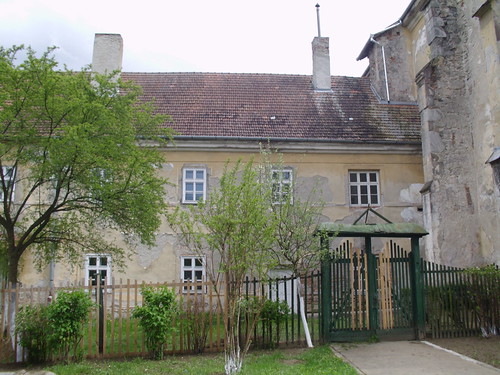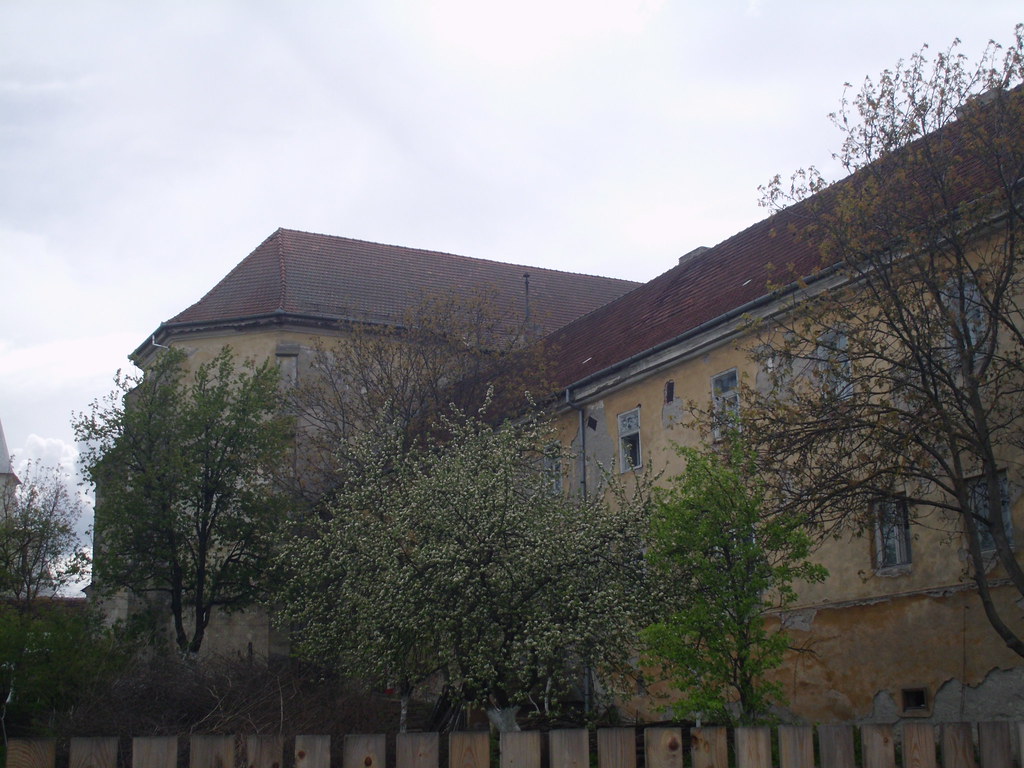Baia de CriÈ™
Baia de Criş (deprecated Baia Crişului; German Altenburg, Hungarian Körösbánya ) is a municipality in the district of Hunedoara in Transylvania, Romania.
Baia de Criş is also known as the Hungarian names Fehérkörösbánya and Nagybánya.
Geographical location
The municipality of Baia de Criş is located in southwestern Transylvania, in the southern foothills of the Bihor Mountains, the eastern of Zarand Mountains ( Munţii Zarandului ) and the northern of the Transylvanian Erzgebirge. In the north of the district of Hunedoara the location is situated at the headwaters of Crisul Alb ( White yelp ), seven kilometers northwest of the town Brad ( Tannenhof ) on the railway line Arad Brad and European Route is 79 The district capital Deva ( Deva ) about 45 km south east. The eingemeindeten villages are located within a radius of two to seven miles from Baia de Criş.
History
The village was mentioned in documents in 1451, when Johann Hunyadi gave the place the Serbian despot Đurađ Brankovic. 1519 Baia de Criş ( Kőrösbánya ) administrative seat of the county Zaránd, which was united in 1876 with the county Komitatsreform Hunyad (county iron market).
However, the history of settlement in the region dates back to the Early Bronze Age. On a called by the locals Fântâna borchii territory of the municipality three monoliths were found. According to various data, these were assigned to the Bronze Age (after M. Hoernes and V. Pârvan ) or the Roman period (after G. Téglás ). Several discoveries that have been made in the area of the municipality, can be seen in the museums of Deva, Târgu Mureş and Aiud. Also, the mining of gold could be detected on the territory of the municipality.
The main occupation of the population is agriculture, livestock, timber processing and mining in the gold and brown coal mine.
Population
The population of the municipality is as follows:
Since the official survey of 1850 was in the area of today's community the highest population - and at the same time the Romanians - 1941 determined. The highest population of Germans ( 103) in 1920, the Hungarians ( 678 ) in 1910 and the Roma (36 ) 1930 registered. Furthermore, Ukrainians ( highest population 8 in 1966 ), were Serbs ( highest population 4 in 1890 ) and in almost every census Slovaks ( highest population 33 in 1900 ) registered.
Attractions
- The Franciscan monastery and its church (now the Roman Catholic Church ), built in the 15th century, are national monuments. After a fire in 1722 the church was rebuilt in neo-Gothic style. The side altars and the pulpit are still from the old church.
- The Unitarian Church, built in the 16th century.
- The rural center of the town, built in the 19th century, is a historical monument.
- The Village Museum " Avram Iancu ", the house, before the Avram Iancu was found dead in 1872.
- In the center a 1.30 meter tall bronze bust Iancus, on a 2.50 meter high granite stone in the park and an approximately eight-meter high obelisk Avram Iancus. The bust was in 1925 by Cornel Medrea in place of a former -, erected, made of Romul Ladea 1924 - less successful.
- The old and the new Orthodox church.
- The " Horea - oak " in eingemeindeten village Tebea. A sessile oak (now a concrete corset ), said to have spoken of which Horea on Sunday, October 24, 1784 to the rebellious peasants. Up to a lightning strike on 2 February 2005 this was a historical monument. 11 September 2005, planted next to the " Horea - oak " - about 5 meters - Traian Băsescu, together with his younger daughter Elena, an oak seedlings ( about ten years old ).
- The wooden church in eingemeindeten Lunca village, built in the 17th century, was transferred in 1820 from the village Tebea after Lunca.
Pictures
The Roman Catholic Church
Avram Iancu The Museum
Obelisk, A. Iancu
The cast-in " Horea - oak "
Personalities
- Avram Iancu (1824-1872) was a Romanian lawyer and revolutionary, one of the leaders of the Romanian Revolution of 1848, was found dead here in town; in eingemeindeten Tebea village, not far from the " Horea - oak " buried.

.JPG/640px-BaiaDeCrisHD_(47).JPG)
.JPG/640px-BaiaDeCrisHD_(3).JPG)




